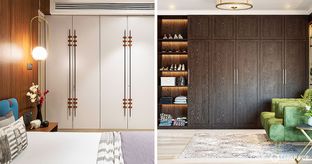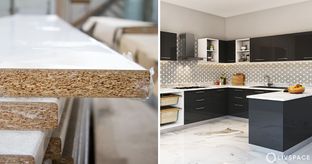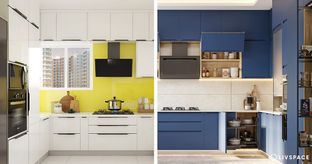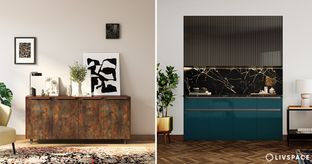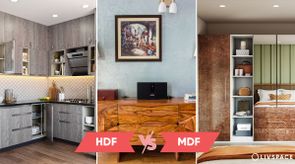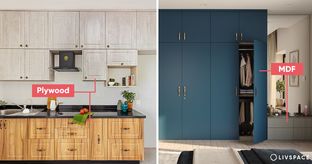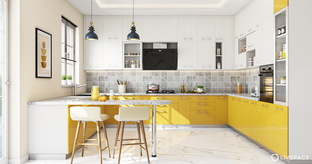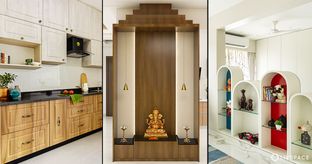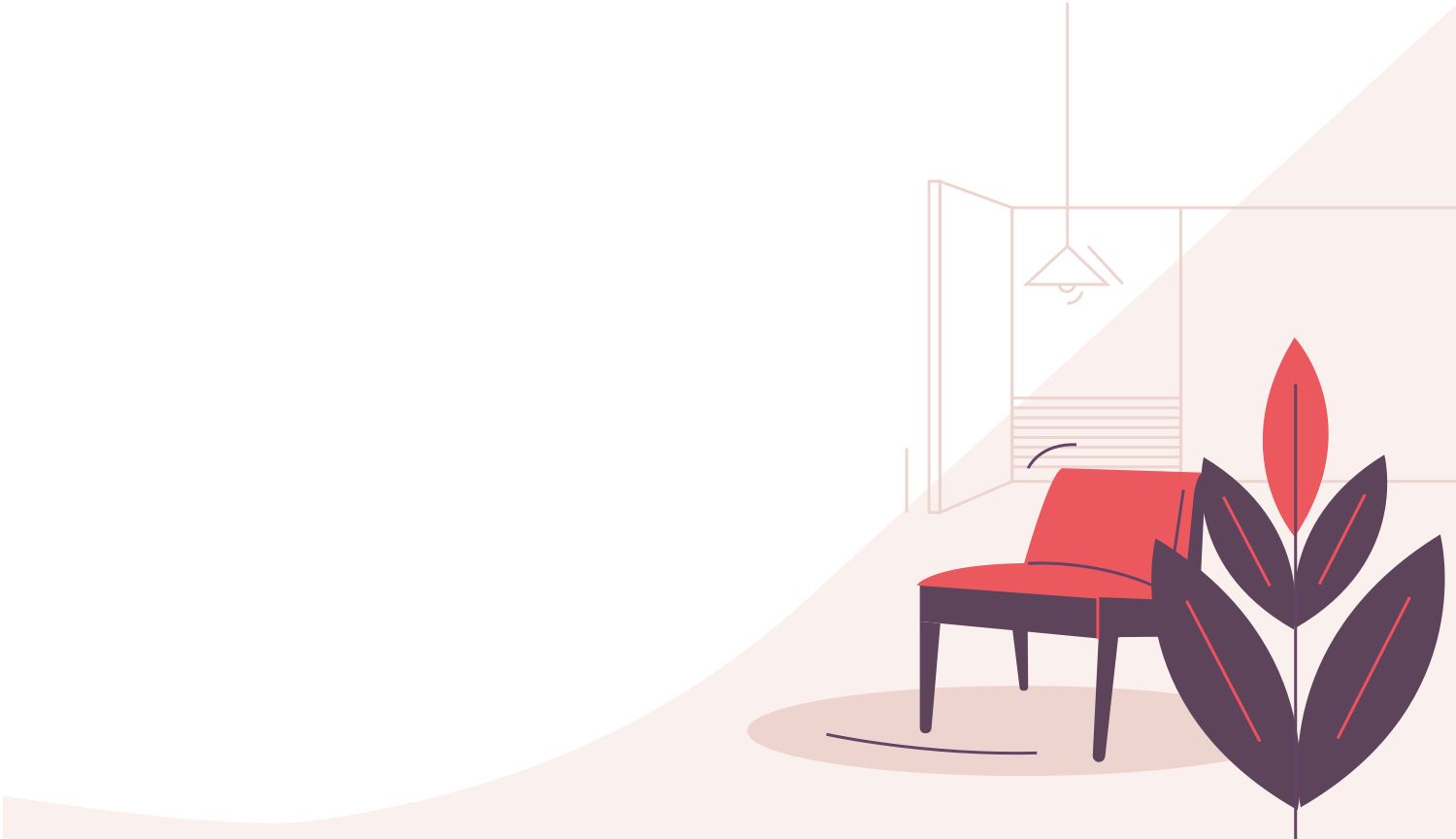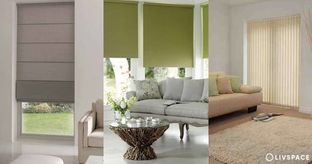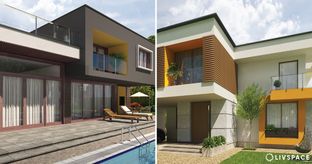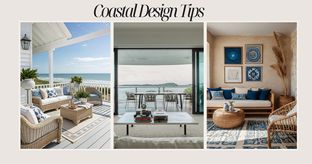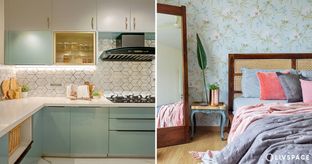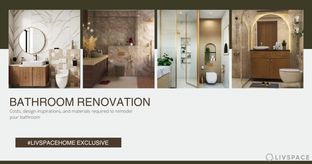In This Article
If you’ve gone shopping for shoe cabinets, tables or pretty much any type of furniture, you’ve probably heard the words engineered wood. While its counterpart is solid wood, the engineered variety has become extremely popular in Indian homes now. But what is engineered wood exactly? Moreover, how do we choose from all the varieties available in the market? Here are a few basics to help you understand and decide!
What is Engineered Wood?

Engineered wood, also popular by different names like composite wood, manufactured board or composite board, is a derivative wood product made from binding or fixing the strands, particles, etc, together with adhesives or other methods of fixation to form composite materials.
Advantages of Engineered Wood Furniture
Engineered wood furniture may be preferred over solid wood due to certain comparative advantages. This kind of furniture is made to meet application-specific requirements. Versatility and availability in a wide variety of thicknesses is another advantage. Engineered wood is easy to work on even when using ordinary tools. It can be cut, drilled, routed, joined, glued and fastened easily in comparison to solid wood. The most significant advantage of using engineered wood furniture is that it is much more cost-effective when compared to solid wood furniture.
Disadvantages of Engineered Wood Furniture
The adhesives used to manufacture some of them are toxic, like formaldehyde. In fact, most particle and fibre boards are not suitable for outdoor usage as they soak up water. They also require an external layer like veneer or laminate to complete the look. In contrast, solid wood just needs to be polished to obtain the desired look.
Types of Engineered Wood
What is engineered wood made of? The primary materials used in its manufacture are the same hardwoods and softwoods that are used in the manufacture of lumber. Some engineered woods are also manufactured from sawmill scraps and other wood waste. Let’s look at some important types that are commonly available in the market.
#1. Plywood
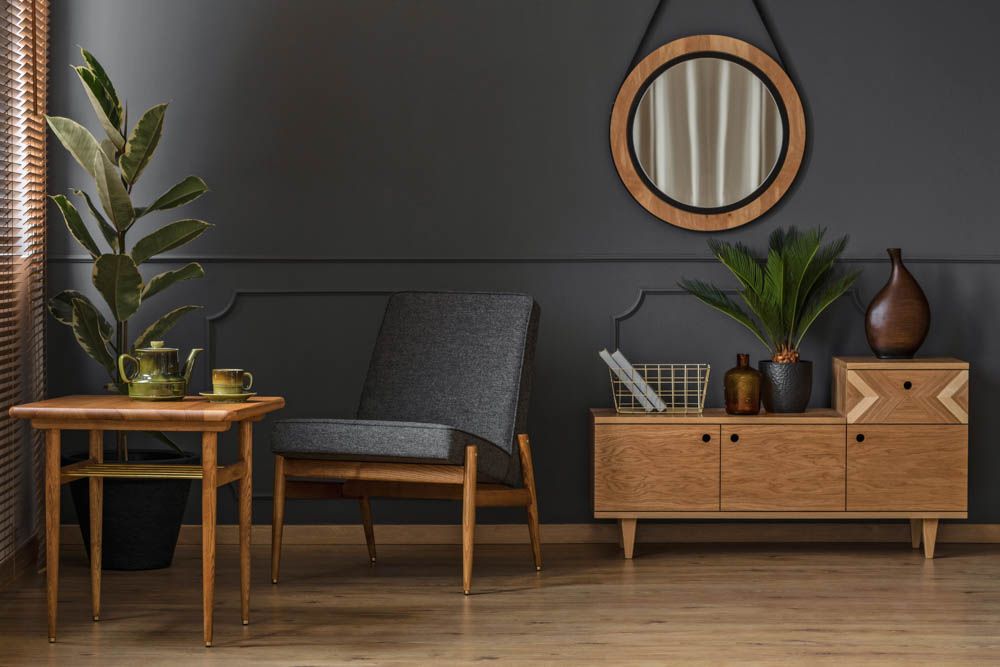
What is Plywood?
What you need to know is that there is no difference between engineered wood and plywood. Plywood is a wood structural panel and is considered to be the original engineered wood product by many. Additionally, the manufacturing process of plywood involves cross-lamination of veneer sheets and bonding them with moisture-resistant adhesives under heat and pressure.
Advantages and Disadvantages of Plywood
Plywood is an incredibly versatile type of engineered wood. You will find it in a variety of interior, structural, and exterior applications such as structural frames and internal panelling. It has good uniform strength, is economical and is available in larger sizes in comparison to solid wood. One of the main disadvantages of using plywood is that some of it bends and sags when you expose it to too much weight or water; plywood is also more expensive than particle boards and blockboards.
What is the Cost of Plywood?
Like we said, there is no difference between engineered wood and plywood. Plywood is a relatively expensive type of engineered wood. Plywood comes in different qualities and thicknesses. The price ranges from ₹80 to ₹200 per sq. ft.
#2. Particle Boards
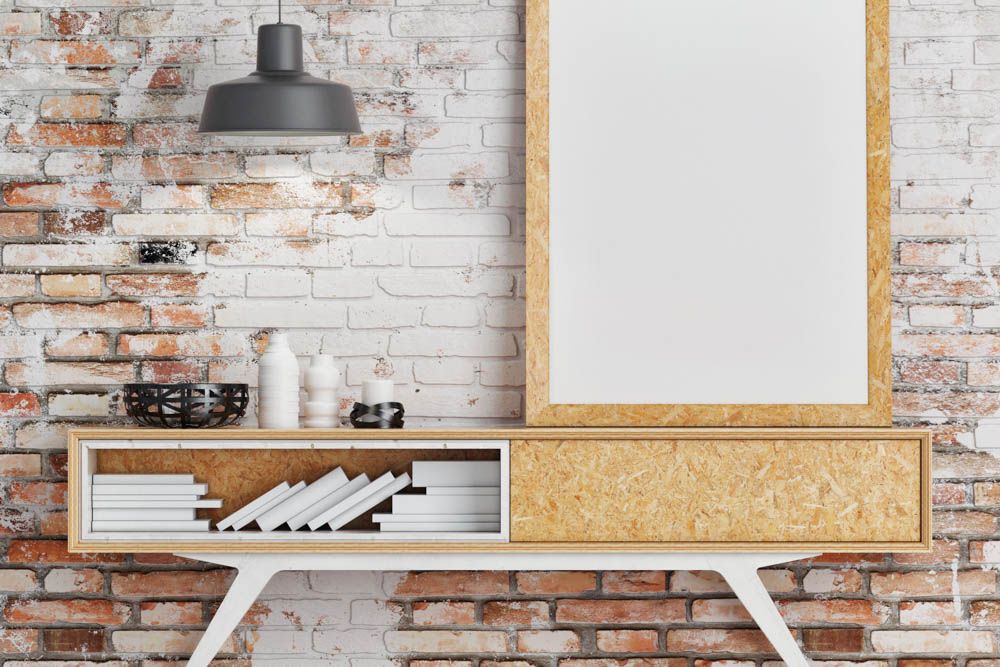
What are Particle Boards?
Thinking of using eco-friendly wood in your house? Choose particle boards! It is affordable, environment-friendly and can be perfect for false ceilings, shelves, furniture, and carpentry. Again, there is no difference between engineered wood and particle board either. Manufacturers produce particle board by pressing and extruding various wood wastes like wood chips, sawmill shavings, or even sawdust.
Advantages and Disadvantages of Particle Boards
A particle board is cheaper, denser and more uniform than conventional wood or plywood. However, particle boards are easily prone to expansion and discolouration due to moisture. It is best to use paint covers and another sealer for a durable experience. Particle boards swell and disintegrate when they make contact with water and are therefore unsuitable for the outdoors.
What is the Cost of Particle Boards?
Although there is no difference between engineered wood and particle boards, there is a difference in the making of plywood and particle board. The manufacturing process makes the particle boards much more economical. Particle boards come in varying thickness, and the price ranges from ₹15 to ₹40 per sq. ft.
#3. Blockboard
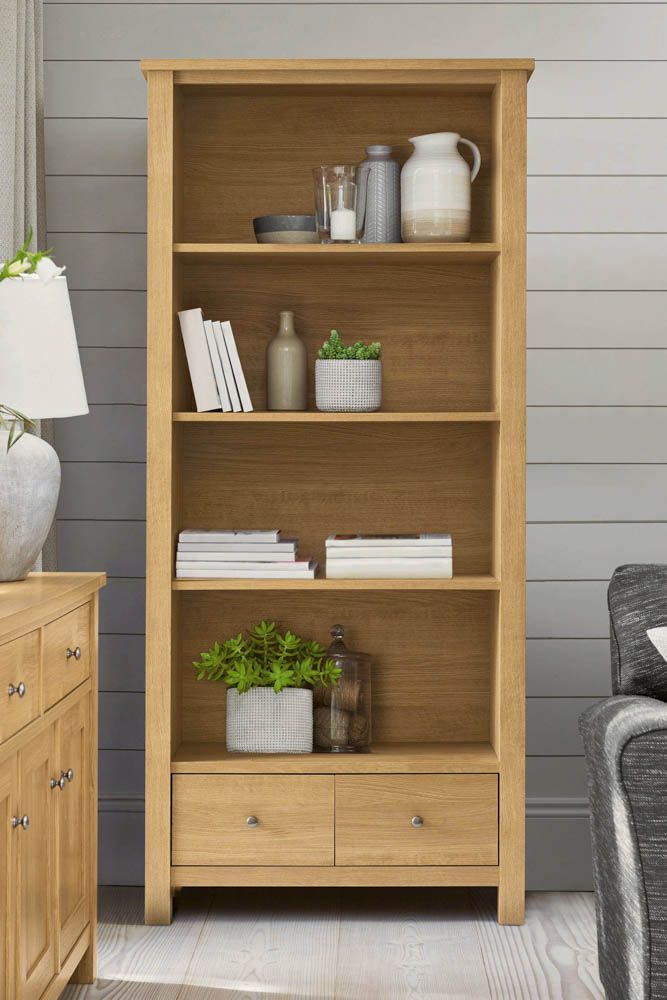
What are Blockboards?
Apart fro plywood, what is engineered wood furniture made of? Or are you wondering what wood to use in the house you are building? Try blockboards! To make blockboard, you glue together a core of softwood strips. The strips are about 25mm wide and you place them edge to edge between veneers of hardwood. Then glued under high pressure to obtain a blockboard. It is the ideal choice for doors, panels, shelves, and partitions. It also makes sturdy tables if the core runs lengthwise.
Advantages and Disadvantages of Blockboards
Blockboards are cheaper in comparison to plywood. They are light and usually inside buildings to make doors as they are lightweight. They cannot be used outside as the bonding gum is not durable outdoors.
What is the Cost of Blockboards?
The price of block board ranges from ₹90 to ₹200 per sq. ft.
#4. MDF Board
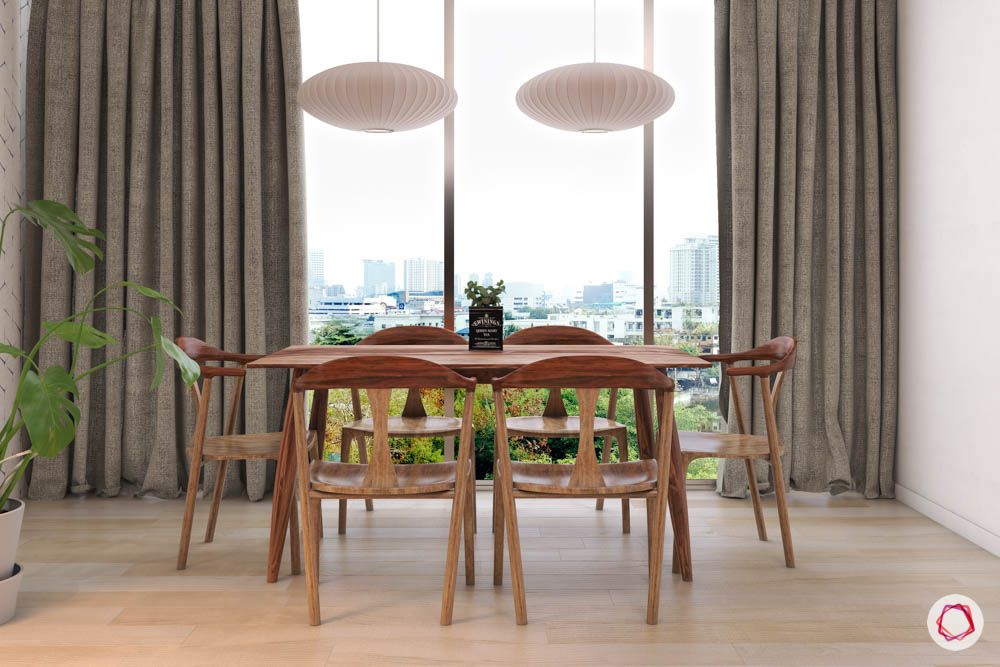
What is an MDF Board?
Ever wondered what is engineered wood furniture made of when it comes to most offices and kitchens? The answer is MDF. Medium-density fibreboard (MDF) is created by first breaking down hardwood and softwood particles into wood fibres. Then, mix the wood fibres with wax and a resin binder to form panels by applying high temperature and pressure. MDF has a smooth finish and consistency. It is strong, as well as easy to work with. This is a good choice for cabinets, furniture, and even floors. You can also see its use in speaker boxes.
Advantages and Disadvantages of MDF Boards
MDF is generally denser than plywood but can soak up water faster. Therefore, it is susceptible to damage if used outdoors. Since, the surface of MDF is very smooth, it is suitable for painting and indoor furniture. MDF boards also come in different thicknesses and quality.
What is the Cost of MDF Boards?
The price of the board varies between ₹30 to ₹200 per sq. ft.
#5. Laminate Veneer
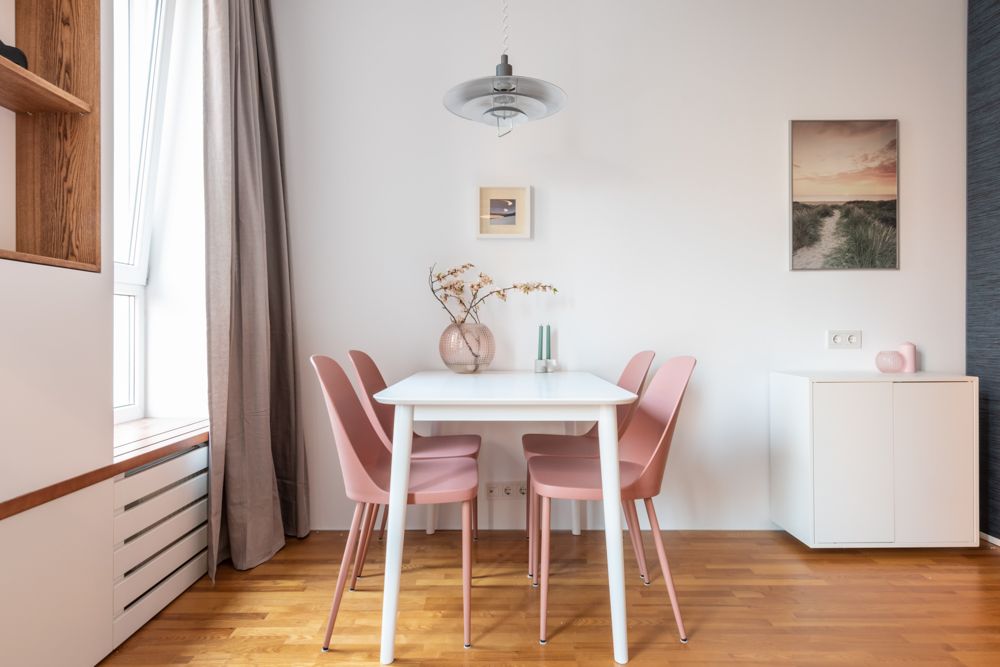
What is Laminate Veneer?
Laminate veneer, also known as laminated veneer lumber (LVL), has several layers of thin wood that are assembled together with the help of adhesives. Similar in appearance to plywood, the layers of laminate veneer also all stack in the same direction. The direction of the wood grain is always parallel to the length of the billet.
Advantages and Disadvantages of Laminate Veneer?
What is engineered wood without its own set of advantages and disadvantages? Since manufacturers make LVL in factories under controlled conditions, it is more durable and uniform. Also, due to its composite structure, there are lesser chances of it warping or shrinking. However, it is susceptible to water damage and requires more maintenance.
What is the Cost of Laminate Veneer?
The price of laminate veneer is, on an average, ₹150 per sq. ft.
#6. Cross Laminated Timber
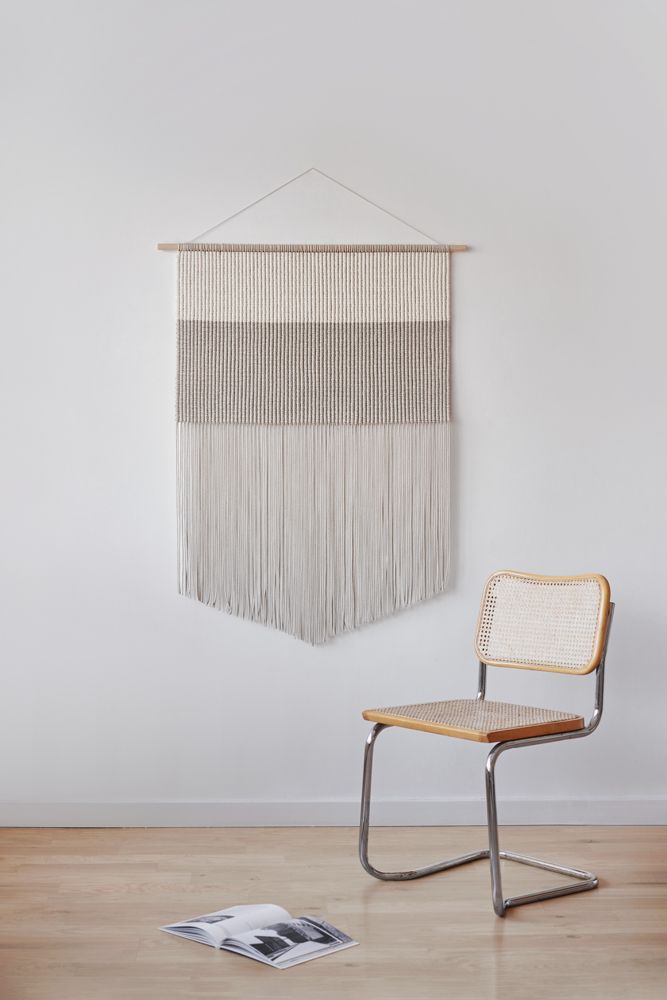
What is Cross Laminated Timber?
What is engineered wood that can be eco-friendly? Cross laminated timber (CLT) has layers of solid-sawn lumber. Each layer is perpendicular to the previous one. Consequently, all the layers have equal orientation. You will find CLT in walls, floors, furniture, ceilings and roofs. It is also an environmentally sustainable material and a good alternative to other synthetic products.
Advantages and Disadvantages of Cross Laminated Timber?
One of the biggest advantages of cross laminated timber is that it is eco-friendly. It has distinctively thicker laminations than plywood and better structural rigidity. However, it can be quite expensive as it involves higher design, transportation and ancillary costs.
#7. Oriented Strand Board
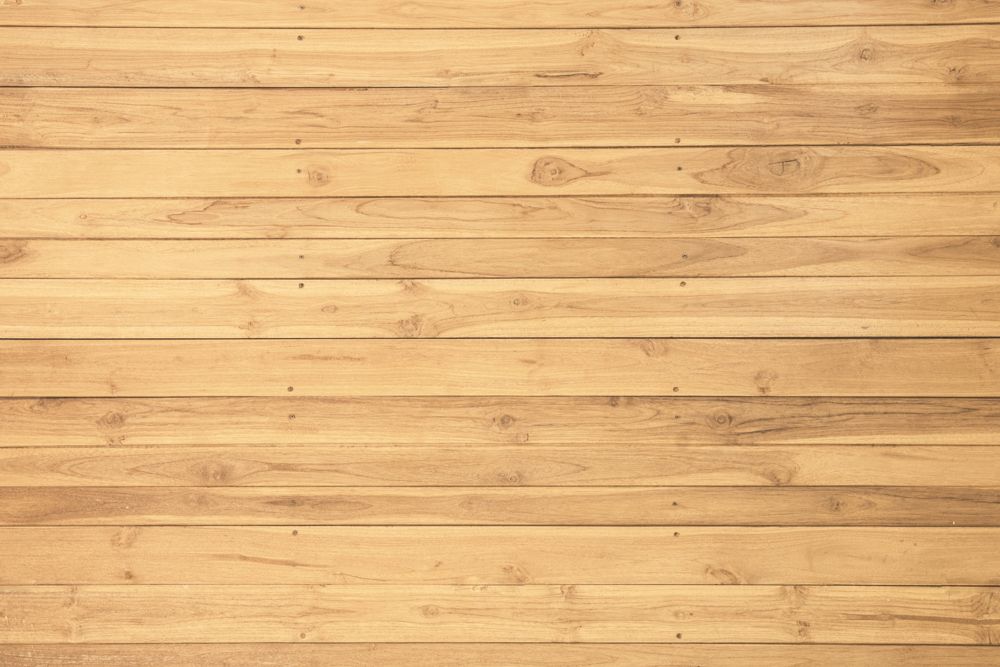
What is an Oriented Strand Board?
An oriented strand board is a type of engineered wood that is formed by combining wood flakes with adhesives and then compressing them. Oriented strand boards may come sanded or unsanded. These are produced in wide mats and have favourable mechanical properties.
Advantages and Disadvantages of an Oriented Strand Board?
The main benefit of oriented strand board is that it has good load-bearing capacities and can be used as flooring and roof decking. They can also be water-resistant, depending on how they are made and are much cheaper and more uniform than plywood. However, the lower quality versions, when exposed to too much water, can expand by up to 15 per cent
So What Type of Wood Do You Need?
Make your choice based on your purpose and location of use. The budget also plays an essential factor in selection. It is challenging to determine the quality of these engineered woods, and you will be better off shopping in a standard store than relying on middle men. Choose the right type of engineered wood for your home with the help of this guide.
Know more about plywood in details here: All You Need to Know About Plywood.
Wondering how our customers feel about working with Livspace? You can check out the Livspace reviews here!
How Can Livspace Help You?
We hope you found our ideas useful! If you want beautiful interiors for your home, then look no further. Book an online consultation with Livspace today.
Send in your comments and suggestions to editor@livspace.com


